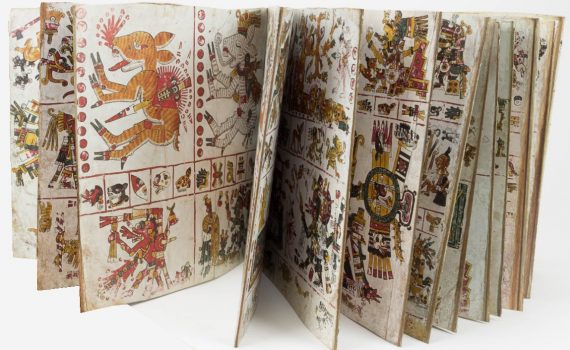Refer to the checklist below when preparing an essay for Smarthistory
-
- ❒ Essay length: 800–1500 words (this can be modified in some cases)
-
- ❒ Writing is engaging, conversational, and at times even experiential
-
- ❒ Starts with a “hook” to draw the learner in and make them want to continue reading
-
- ❒ Makes the case for why the reader should care about this topic
-
- ❒ Specialized terms (geographic, religious, political, and methodological) are defined in parentheses (we will often turn these into pop-up definitions, like this).
-
- ❒ Content is object-based. Biography, historical context, and other information flows from the discussion of the object or monument
-
- ❒ Short engaging subheadings (1-5 words) are included that organize the content into easy-to-read sections and to invite the reader to explore further (this is essential for web-based text)
- ❒ Time is spent on formal analysis that invites the reader to carefully examine the work of art by making reference to details that we can illustrate
-
- ❒ Only essential dates are included in the text (we generally do not include birth and death dates or the dates of the reign of a ruler unless it is absolutely necessary)
-
- ❒ Footnotes are included for direct quotes and for some other circumstances, but are kept to a minimum
-
- ❒ A succinct but compelling conclusion is included (just a few sentences)
-
- ❒ A list of additional resources (both online and print) is included below the essay (the first link should be to the institution, or site where the object can be found). A short bibliography can offer direction for further study, but need not be exhaustive. You can find information about citation style on our “contribute an essay” page.


